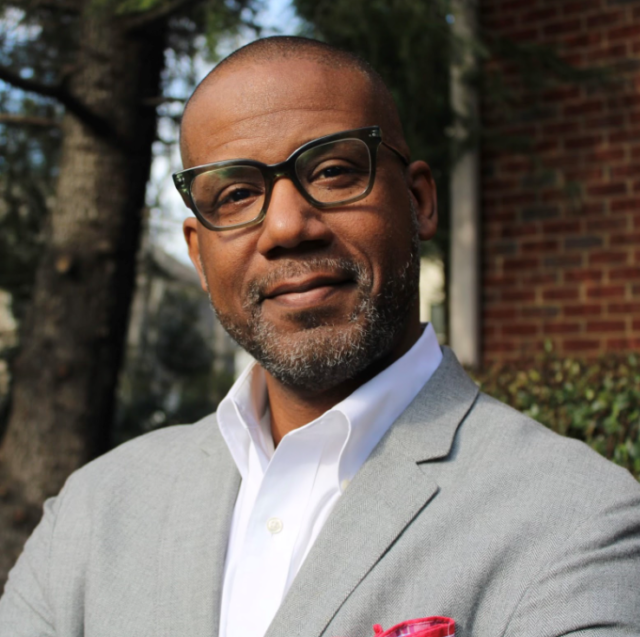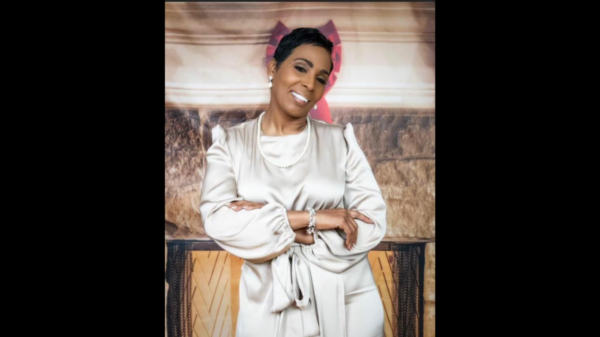
By Ayesha Hana Shaji
Texas Metro News Team
Heart diseases are the leading cause of death in America and one person dies every 34 seconds in the United States from cardiovascular disease, according to the CDC.
Black folks are at a higher risk than any other race to die from preventable heart diseases, said Booker Daniels, health communication team lead at CDC’s Division for Health Disease and Stroke Prevention, but it is not because of the lack of awareness surrounding the topic.
It’s because of the barriers and perceptions.
“Preventable heart disease exists in the context of a lot of different forces and factors,” Daniels said, adding that a few of those determinants are the social environment people are in; like social norms, social policies, and even climate change.
While heart disease is a clinical presentation, Daniels said, the risk factors that contribute to an individual’s risk for heart disease exist in the context of where a person lives, where they learn, the food availability and recreational environments.
“All of those things contribute to a disproportionate burden of heart disease and stroke among Black and African Americans,” he said. “Our research revealed and really echoed based upon what we’ve heard from the lived experience of folks is that heart disease and stroke and the burden of heart disease and stroke is not new, and it is not news to Black and African Americans.”
Most folks have direct contact with the issue either through their own health or through family members or those in their communities, Daniels explained. Thus knowing about cardiovascular diseases, high blood pressure and heart disease is not the issue but accessibility and having a mindset to take incremental measures to improve your heart.
He said there are barriers and perceptions that result in the variation of numbers across demographics. Barriers include limited access to healthy and affordable food, and safe environments for outdoor recreation.
“Barriers include social structures that don’t facilitate people leading healthy and active lives,” Daniels said, making it an issue rooted in racism.
He said CDC boldly states that “racism is a public health issue.”
Perception is a factor because many perceive heart diseases as inevitable and just a matter of ageing.
“One may ask, why would I make an effort to change something that is going to be inevitable? And we know for a fact that that’s not the case,” Daniels said.
Incremental things such as managing stress, moving more, working with a health professional to understand your risk and to control high blood pressure and to manage cardiovascular disease risk can go a long way, he said.
While exercising is shown to be clinically beneficial, he continued, taking a 10-minute walk everyday and taking moments to practice healthy eating and active living contributes to improvements in one’s heart health.
Beat Daniels is the CDC representative for the Live to the Beat campaign, which is led by CDC Foundation and the Million Hearts initiative and pushes people to take steps to prevent heart disease and stroke.
“It’s not a coincidence that the first word in our campaign is live because we don’t want people to continue to call attention to what people already know, that heart disease and stroke can be deadly and disabling,” he said. “We know that there are things that you can do to live and you can live to the beat of your own life.”
Daniels stressed that while not everyone has the same choices, everyone has choices and there is a way one can improve their cardiovascular health if they make smart choices. Finding those choices that make sense for individual lifestyles and circumstances is important and the campaign can help with that.
The campaign provides Black and African American audiences, ages 34 to 55, with information, tools, tips and resources that normalize and promote taking heart healthy steps during the course of the life cycle, he said.
“Blacks are dying at greater risk and having earlier events earlier in life, and the consequences of those events are more profound,” Daniels said. “So we’re seeing increases in morbidity and in many instances, mortality.”
Live to the Beat is an effort to “get upstream of some of those forces and factors” to create model images, messages and activities backed up by data and science, he said.









You must be logged in to post a comment Login